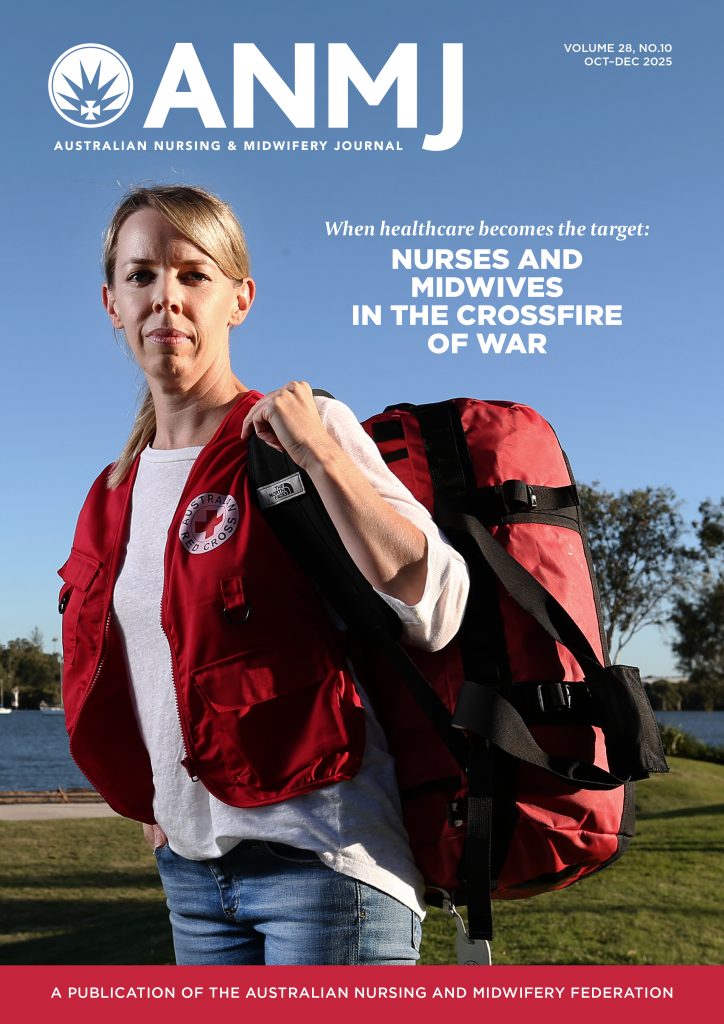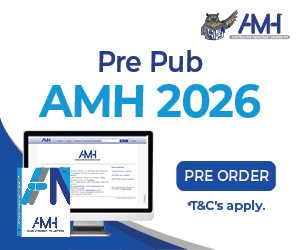One hundred and twenty-four people suffering from a terminal illness have accessed the Voluntary Assisted Dying laws in Victoria since the legislation was introduced 12 months ago, the independent Voluntary Assisted Dying Review Board have stated in their third report tabled in Parliament this week.
The voluntary assisted dying laws were introduced to give Victorians suffering from a terminal illness greater choice over the timing and manner of their death.
The latest report showed of the 124 Victorians who accessed the laws, 38% of applications came from people living in regional Victoria.
Applications were received from Victorians aged from 32 to 100 with an average age of 71 years.
Of those who have died, 78% had a cancer diagnosis, 15% had a neurodegenerative disease like motor neurone disease (MND), and 7% had other untreatable diseases including pulmonary fibrosis, cardiomyopathy or chronic obstructive pulmonary disease.
Reflecting the rapid decline of people experiencing many of these illnesses, half of all applicants proceeded from their first to last request within 19 days.
Most permits were then issued within two days.
The number of medical practitioners trained and registered to support voluntary assisted dying increased by 30% from the first six months, with 37% located outside metropolitan Melbourne.
Barriers to access were patients too ill to attend an appointment in person. This was particularly the case for regional patients. The coronavirus pandemic has further highlighted these access issues, prompting the Board to again call for change to the Commonwealth law that effectively prevents telehealth being used to discuss voluntary assisted dying.
Other feedback the Board received, which could improve the experience of people wishing to apply for voluntary assisted dying included:
• Expanding voluntary assisted dying services and supports to be accessible seven days a week.
• Easier access to medical practitioners who have already completed the training, including more specialists.
• Continued access to high-quality palliative care services.
• Promoting greater community awareness and conversations about end of life, including voluntary assisted dying.
• Further improvements to the portal to allow for greater efficiencies.
• The ability for medical practitioners to initiate a conversation about voluntary assisted dying (currently constrained by legislation).
“In the past six months, access to voluntary assisted dying has become more streamlined. There are more doctors on the Board and essential support services have expanded, especially in regional and rural Victoria,” Voluntary Assisted Dying Review Board Chairperson Betty King said, reflecting on the past 12 months.
According to the Victorian government, the Board’s role is to promote continuous improvement in the quality and safety of voluntary assisted dying, as well as to provide advice to the Minister for Health or Secretary, DHHS. The Board uses all the information it receives from case reviews, as well as feedback from contact people and medical practitioners, to consider the advice it may provide about any improvements.








